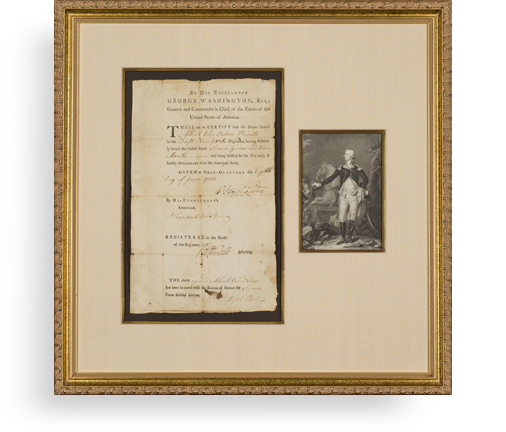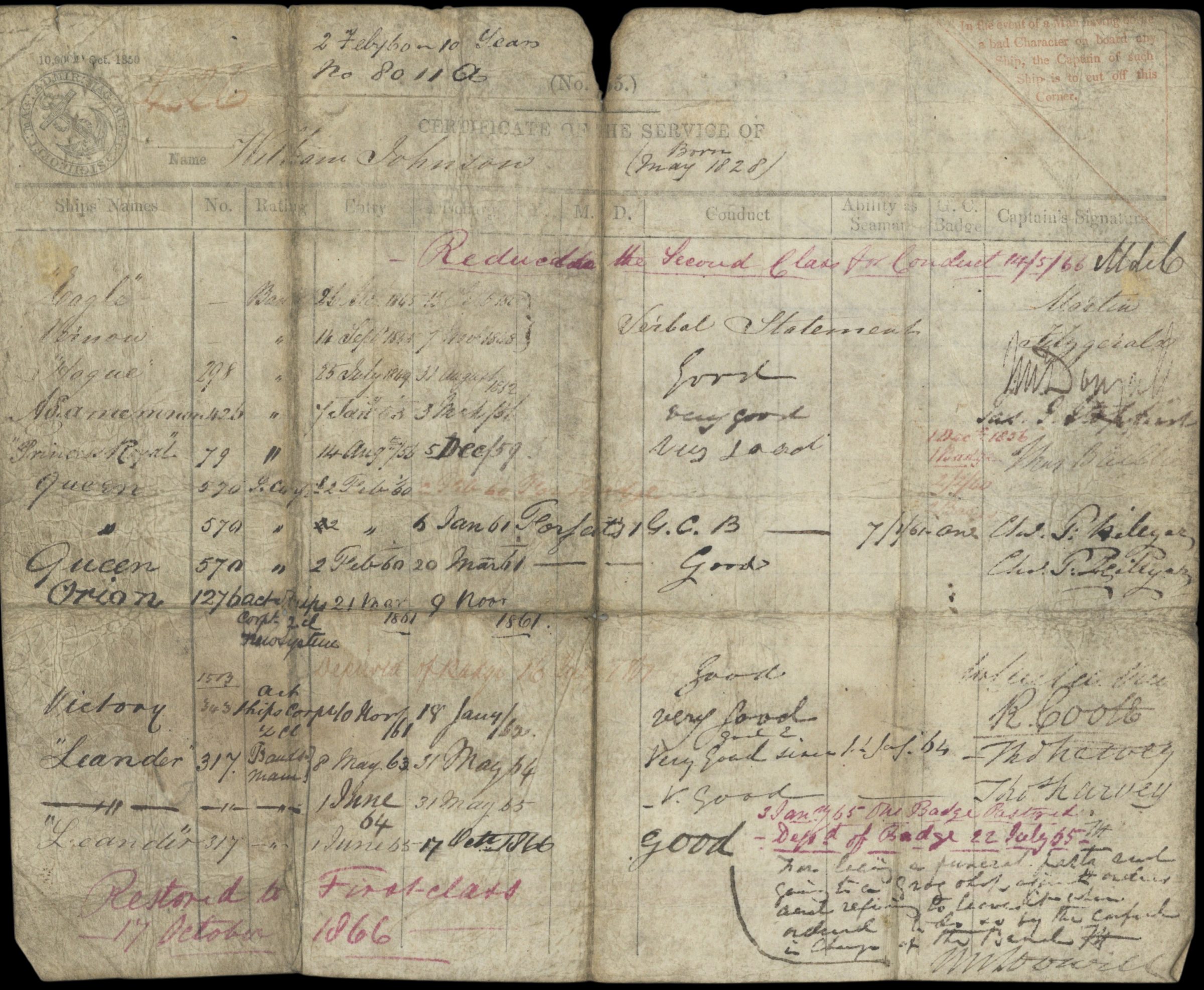An Unpublished, Firsthand Account of the Opening Act of the Siege of Sevastopol, A Crucial Moment in the Crimean War and One of the Last Classic Sieges in History



"Ship exposed to the crossfire of the batteries. Fort Nicholas raking us heavily and all forts doing us much damage."
- Currency:
- USD
- GBP
- JPY
- EUR
- CNY
Written from the British flagship, it describes the Agamemnon’s shelling of Fort Nicholas, memorialized in art and literature today
The manuscript comes with the author’s record of service, signed by the Captains of the various British vessels on which he sailed
The Crimean war pitted the Russian forces against the French,...
Written from the British flagship, it describes the Agamemnon’s shelling of Fort Nicholas, memorialized in art and literature today
The manuscript comes with the author’s record of service, signed by the Captains of the various British vessels on which he sailed
The Crimean war pitted the Russian forces against the French, British, Turkish and some others. It was a great power conflict that stretched from 1853-6 and saw the latter alliance ultimately victorious.
The Siege of Sevastopol is one of the last classic sieges in history. The city was the home of the Tsar’s Black Sea Fleet, which threatened the Mediterranean. The siege was the culminating struggle for the strategic Russian port in 1854–55, and with its fall in late 1855, became the final major episode in the Crimean War.
During the Victorian Era, these battles were repeatedly memorialized. The Siege of Sevastopol was the subject of Crimean soldier Leo Tolstoy’s Sebastopol Sketches and the subject of the first Russian feature film, Defence of Sevastopol. The Battle of Balaklava was made famous by Alfred, Lord Tennyson’s poem “The Charge of the Light Brigade” and Robert Gibb’s painting The Thin Red Line. A panorama of the siege itself was painted by Franz Roubaud.
The nurses who treated the allied wounded during these battles were much celebrated, most famously Florence Nightingale and Mary Seacole.
During the siege, the allied navy undertook six bombardments of the capital. It all began with the opening siege on October 17, 1854. The flagship of the fleet was the HMS Agamemnon. The attack by the Agamemnon on Fort Constantine is the subject of a great contemporary print.
William Johnson was a sailor on board the Agamemnon. He prepared a firsthand account of the day’s action. It is not clear whether this was designed as a formal report or a personal entry. It bears some language that might indicate the former but was retained by Johnson.
Manuscript, October 17, 1854, on board the Agamemnon, likely in the hand of Johnson. “Her Majesty’s Ship Agamemnon. Remarks October 17, 1854. At Single anchor off Katcha.”
He begins by preparing the ship in the morning.
“AM – Employed clearing decks of superfluous gear, bulkheads, etc. But pick, spare topmast and topsail yard to ‘Vulcan.” Hung astern steam anchor. All batteries firing.
10.10 – weighed under steam. French and English and Turkish squad…weighed in four of steamers lashed alongside the port of ship towed.”
Then the ships set out.
“Order of sailing – Agamemnon, Albion, Green, Britannia, Trafalgar,” listing also the vessels that towed them.
“Steaming toward Sebastopol… 800 yards from Fort Constantine.”
The ship enters action
“PM – 12.30 – Cleared for action and proceeded under easy steam for Sebastapol.
“1.5 – French ships opened fire… Batteries immediately returned.
“1.7. Proceed and engage forts. Observed 2 Russian steamers in mouth of Harbour firing. Batteries opened fire on Sampson… who returned. Opened fire with pivot gun… “Fire returned by batteries from mid fort to left of “wasp” and Fort Constantine….
“1.48 – ship in action. Shot and shell from Fort doing much damage to hull and rigging. … opened fire with port broadside with shot and shell on Fort Constantine.”
He then lists the bearings of anchorage of the vessel and goes on to describe more action
“3.2 Observed Albion go out of action. London Arethusa also hauled out. Ship exposed to the crossfire of the batteries. Fort Nicholas raking us heavily and all forts doing us much damage.” At this point the sail catches on fire.
“… Fleet came out of action and proceeded toward Katcha.”
He reports the number killed and committed to the deep and names 3 sailors.
“At Single anchor off Katcha.”
The document. contains some old tape repairs on the verso not impacting the writing
It comes with William Johnson’s record of service, signed by the Captains of the various vessels on which he sailed.

Frame, Display, Preserve
Each frame is custom constructed, using only proper museum archival materials. This includes:The finest frames, tailored to match the document you have chosen. These can period style, antiqued, gilded, wood, etc. Fabric mats, including silk and satin, as well as museum mat board with hand painted bevels. Attachment of the document to the matting to ensure its protection. This "hinging" is done according to archival standards. Protective "glass," or Tru Vue Optium Acrylic glazing, which is shatter resistant, 99% UV protective, and anti-reflective. You benefit from our decades of experience in designing and creating beautiful, compelling, and protective framed historical documents.
Learn more about our Framing Services











































































































